The term “scratching” refers to changing tactics to much lighter tackle than would normally be the case to maintain bites when fish are either reluctant to feed or when target fish are few in numbers. The period late January to early April is also often referred to as the “scratching” season, as this is when most adult fish are offshore spawning, leaving mostly juvenile fish behind.
Scratching tactics can, though, be used any time of year, especially when sea conditions are very still, and the water clear during prolonged high pressure weather systems. Other typical situations which respond to scratching are in very cold settled periods with heavy frosts, or in high summer and early autumn during prolonged hot weather when inshore sea temperatures are high. In both cases, fish become lethargic.
For this blog, we’ll concentrate on beach fishing, especially shallower surf beaches where depths are measured in just a few feet, but these tactics also work from deeper steep-to beaches, in estuaries, and even fishing from man-made structure.
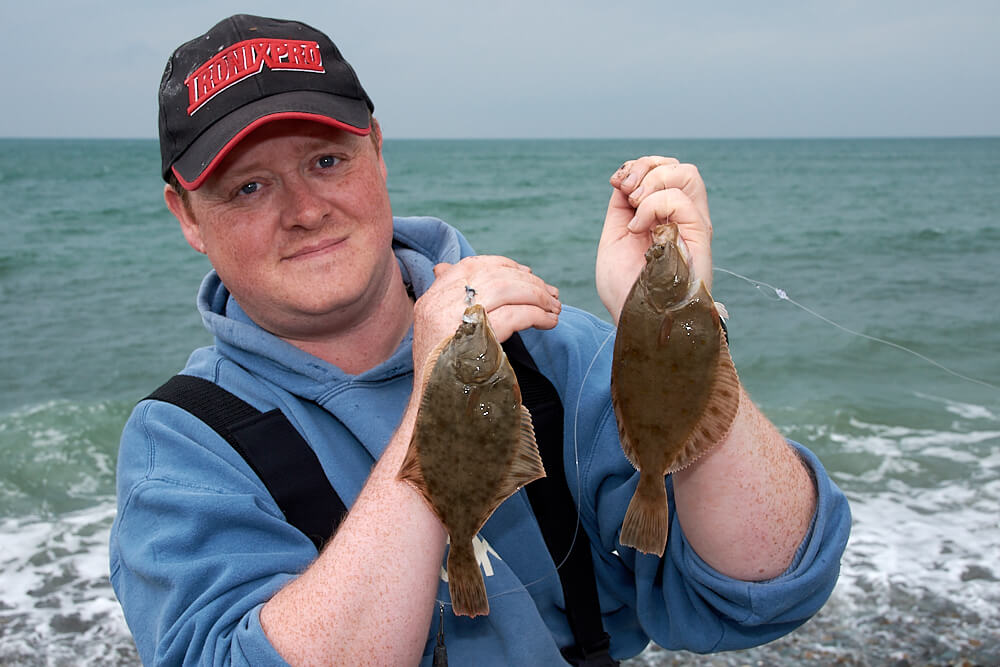
Target Structures
Over sand, the target fish are flounder, sole, plaice, dabs, school bass, small turbot, garfish, golden grey mullet and coalfish. If you fish near areas of rock or boulder you’ll expect smaller ballan wrasse, goldsinny and corking wrasse, small bream and pollack.
Ground Features
Finding a fish holding feature becomes more important than ever when scratch fishing. With fish being in low numbers, any area that holds a higher number of fish obviously improves your chances of catching.
On sandy beaches, we’re looking for any slightly deeper gutters or gullies where food will drop in and collect as it's moved along by the tide. Smaller areas where there are depressions in the sand are good for all the flatfish, and target any areas where ground feature changes from clean sand to gravel or shell. One of the best places to fish is just a few yards out where the last tables of surf break close to sand. Food is displaced by these small waves, and they also wash food into shallow water, with the fish following this in.
Small areas of boulders or rocks on otherwise clean beaches will always hold a high number of fish, and casting tight to these puts you in with a better than average chance.
Other good spots are small streams that flow across the beach, especially in hotter weather, when this inflow of cooler water will attract flounder and school bass.
In estuaries, fish away from the main tide flow, concentrating on the edges of the main channel during the flooding tide. Also, areas of seed mussel bed or weed beds. If you can find a back eddy where the current turns back on itself and creates slack water, then you’ve found a prime spot. Fishing close to anchor chains or buoy chains is another good place to try, as seed mussel grow on these. In bright, still conditions, fishing in the shadow of boats can often produce the odd fish when other areas are barren. In the inner estuary channels or creeks, fish very close in where bladderwrack weed grows in among sandy mud.
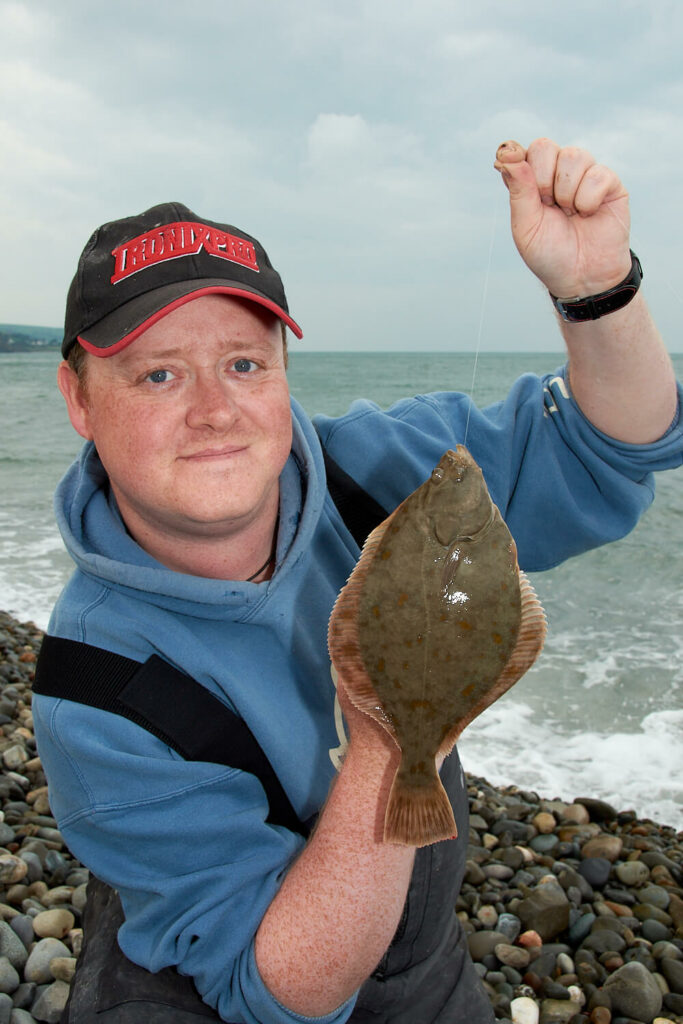
Weather and Tides
Weather wise, we’ll assume it’s settled and calm, immaterial of the time of year and in daylight. In this case, look at the surf line and fish where the surf breaks a little closer in, as this indicates deeper water, even if only by a few inches. It makes a difference.
If the wind is blowing off the land out to sea, again check out the surf line, looking for areas where the surf is breaking a little further out. This shows shallower water areas, but the added movement can encourage fish into this area as food is more likely to get displaced, plus there is more oxygen in the moving surf tables.
Try to avoid very bright sunny days. An overcast sky will always produce more bites.
The best tides will naturally be the rising tides, leading to the biggest tides. More water movement will encourage fish to feed and move. Once the tides start to fall back in size, catches will get even harder.
You’ll find that the periods when bites are likely will be short in the suggested weather conditions. The peak periods will be the first 2-hours of the new flood tide. Bites will often continue but slow through the peak flow times, then pick up again briefly just before high water. The ebbing tide can be much harder, with the fish moving back out to deeper water quickly.
Tackle
The key to rod choice for maximum bite detection are the multi-tipped rods featuring interchangeable light, medium and heavier supple tips. The rods are typically rated 2 to 4ozs, but the light tips respond to even the lightest of bites and are ideal for close to medium range fishing. At Tronixpro, we’ve produced two rods that are ideal for scratch fishing, the lighter Banzai Mullet rod and the versatile Banzai Multi-Tip.
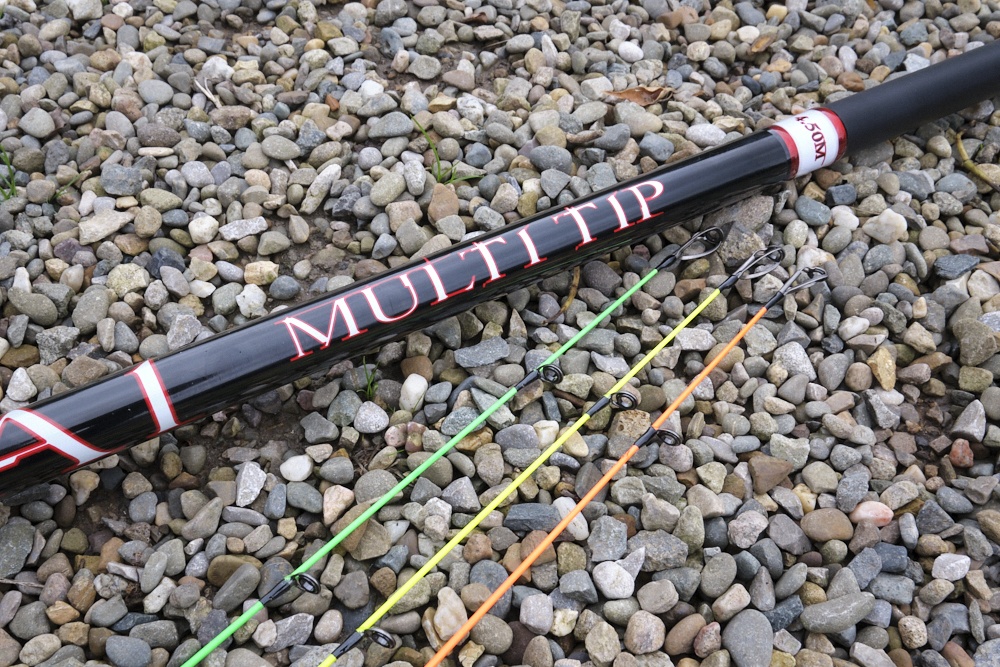
Reels should be sizes 6000 to 8000 sizes. We used the Tronixpro Virtuoso 8000 with the medium spool and load it with 15 to 20lb X8 Power Braid. The braid is virtually non-stretch, so again works with the softer rod tips to enhance bite detection. It’s best, due to the likely clear water conditions, to add a short section of 15lb to 20lb AXIA Fluorocarbon to act as a clear section between the main braid line and the rig. The less the fish see in these conditions, the better!
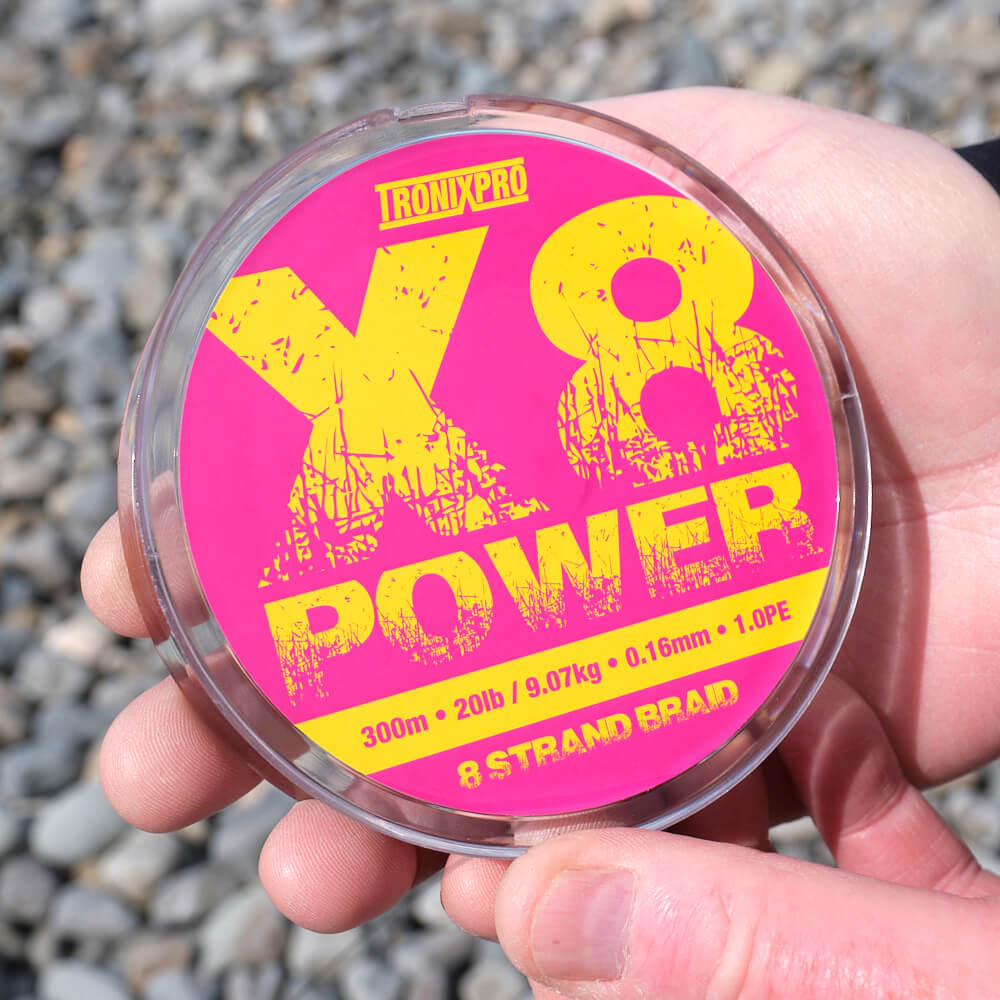
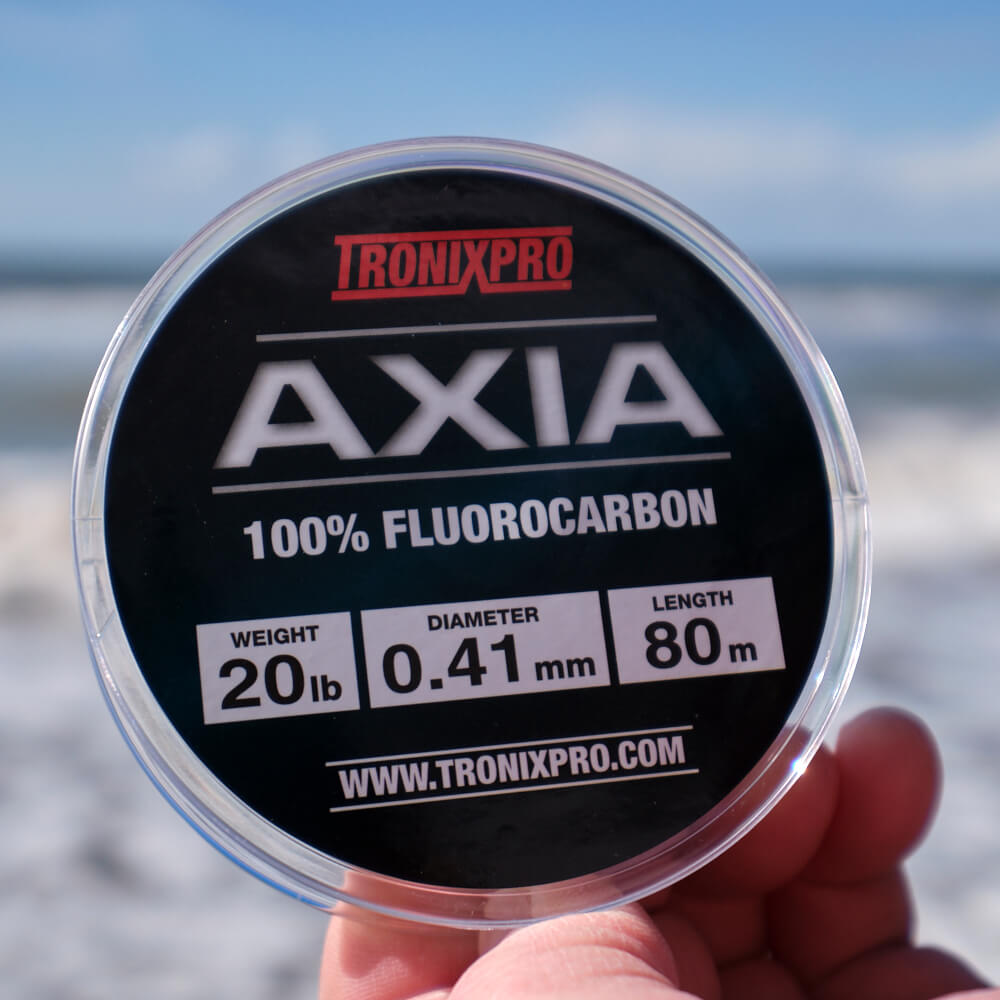
Rigs can be simple 2-hook or 3-hook patterns, but constructed from lighter materials than everyday rigs. Use no more than 30lb AXIA Fluorocarbon for rig bodies when casting 3oz leads. For very short-range work, 20lb rig bodies and 1 to 2oz leads is enough. Trap the small size 10 to 12 Tronixpro Rolling Swivels in place with small 3mm beads and either use Tronixpro Rig Gum to form small sliding stop knots on the rig body. Alternatively, cut short clear sections of plastic rig tubing, or purposely made Tronixpro Rig Glue Tube, and glue these in place with Tronixpro Rig Glue.
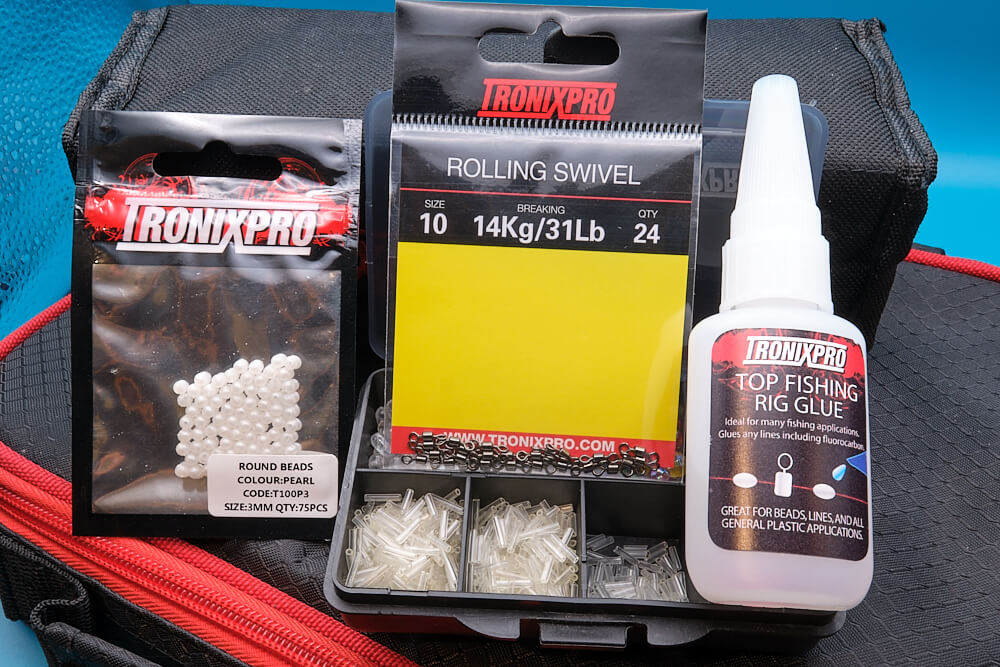
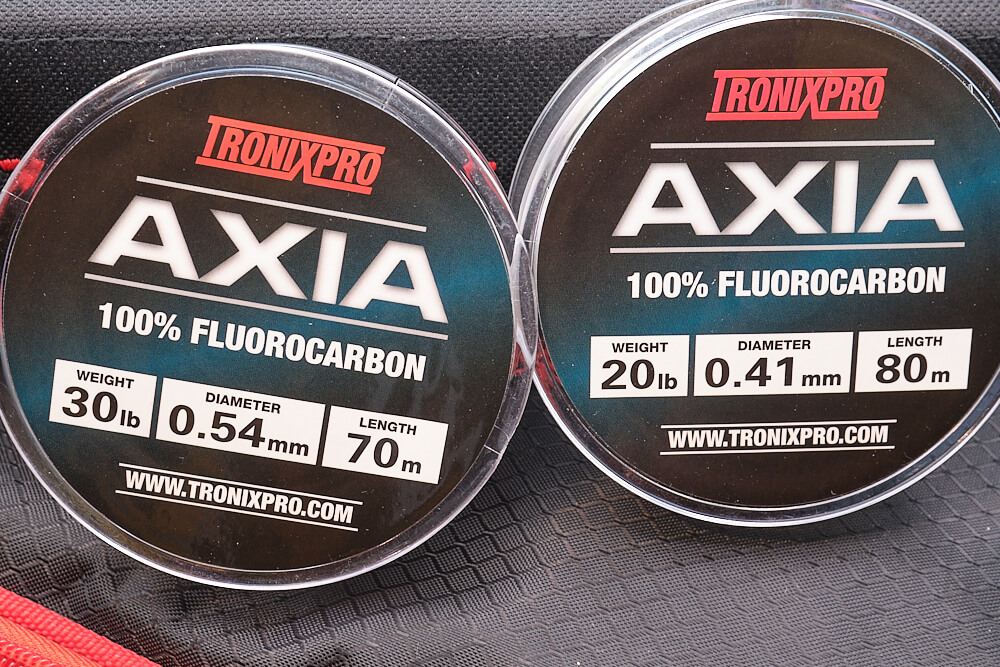
Hook lengths need to be from Fluorocarbon and go light. 10lb is OK in average conditions, but carry 8lbs and 6lbs for when the fish are hard to tempt. These lighter breaking strains make a huge difference! They are far less easy for the fish to see in clear water, plus the lighter diameters give smaller baits far more natural movement.
For general fishing, Tronixpro Aberdeen pattern hooks in sizes 6 and 8 are OK, but when targeting the smaller wrasse and flatfish, go down to size 10 or even 12 Tronixpro T63 Keiryu or T78 Kairyo Han hooks. Some more experienced anglers will often fish smaller than this with tiny baits to get a result. Such small hooks are alien to sea anglers, but bear in mind carp anglers land 20lb plus fish on size 10 hooks!
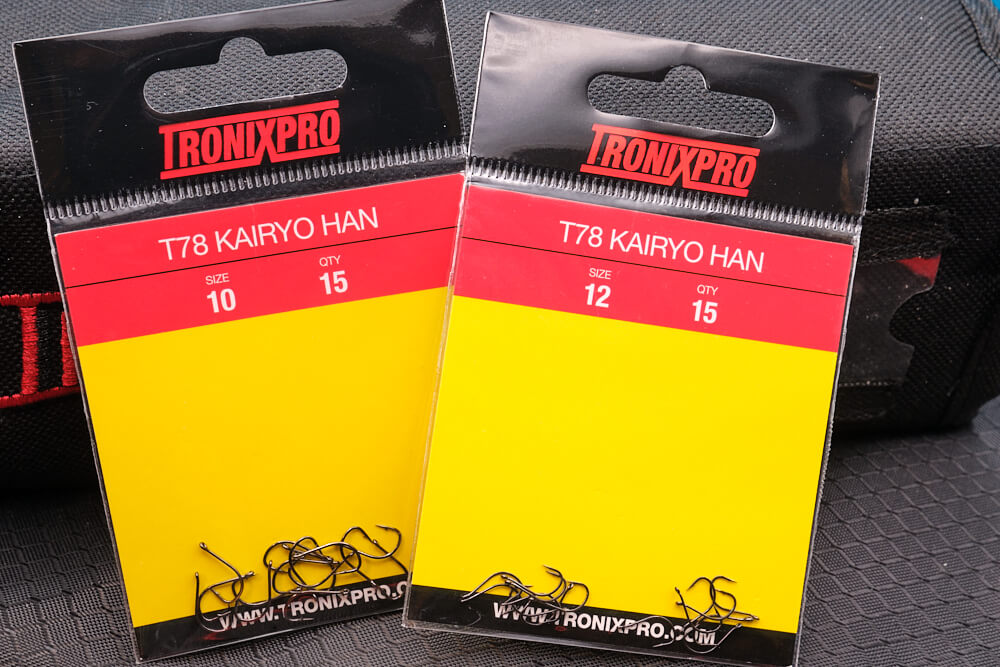
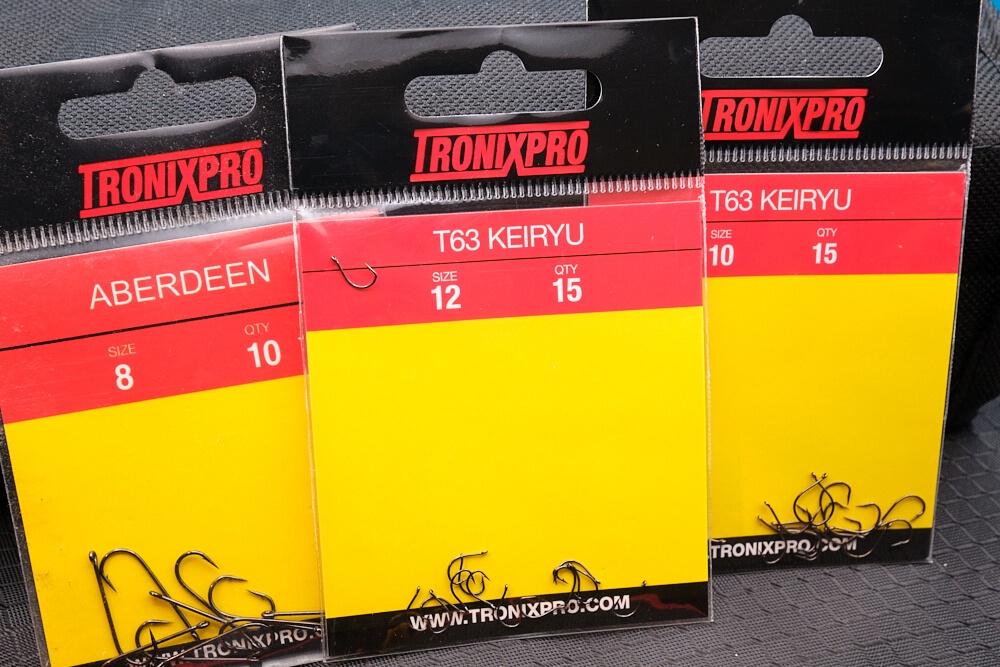
Baits
To give yourself the best edge, fresh bait is essential. Top baits are small blow lug, small sections of king rag, maddie rag, white rag, small bits of mussel, cockle, and razorfish. Peeler crab can be a killer any time of year, even frozen crab. Fish baits can also score with tiny strips of squid, frozen mackerel and sandeel all good options.
This is a good time to also experiment with combination baits. This can be tipping small worm baits with a tiny square or strip of mackerel, squid or sandeel. Adding a crab leg to the point of the hook is also a top trick, as is binding on a small section of mussel to a worm or fish bait.
Keep baits small. In all cases, just fill the hook and no more, leaving the hook point well clear.
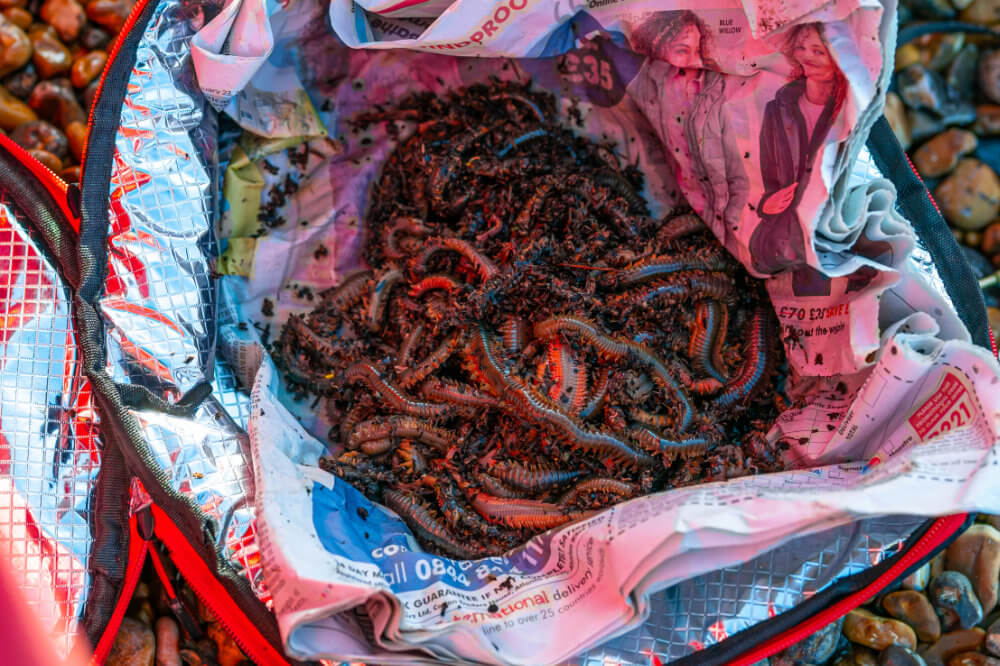
Method
Unless you’re casting to a specific feature at medium range, scratch fishing is typically within 40yds of the surf line where water meets sand. Often just a few yards out is where the flounder, turbot, mullet and smaller species are feeding. Keep changing casting distances to stay in touch with the fish.
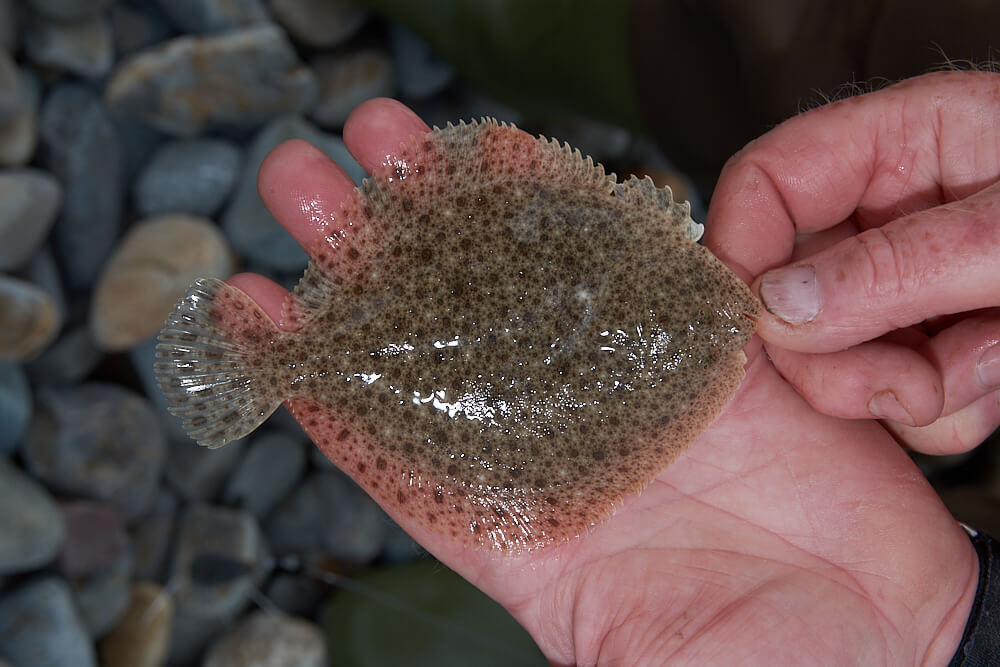
Set up your rod rest to sit parallel with the water line, not facing it. If the legs are telescopic, reduce their height as much as possible and drop the rod tips as low as you can. Tighten the line until the rod tip just pulls the line tight. This is the optimum position to register light, subtle bites.
In these tough conditions, leaving your baits static can be a mistake. Every couple of minutes, retrieve a few inches of line just to lift the baits a little to add movement and maybe let the lead weight disturb a puff or two of sand. These can visually attract an inquisitive fish in to investigate.
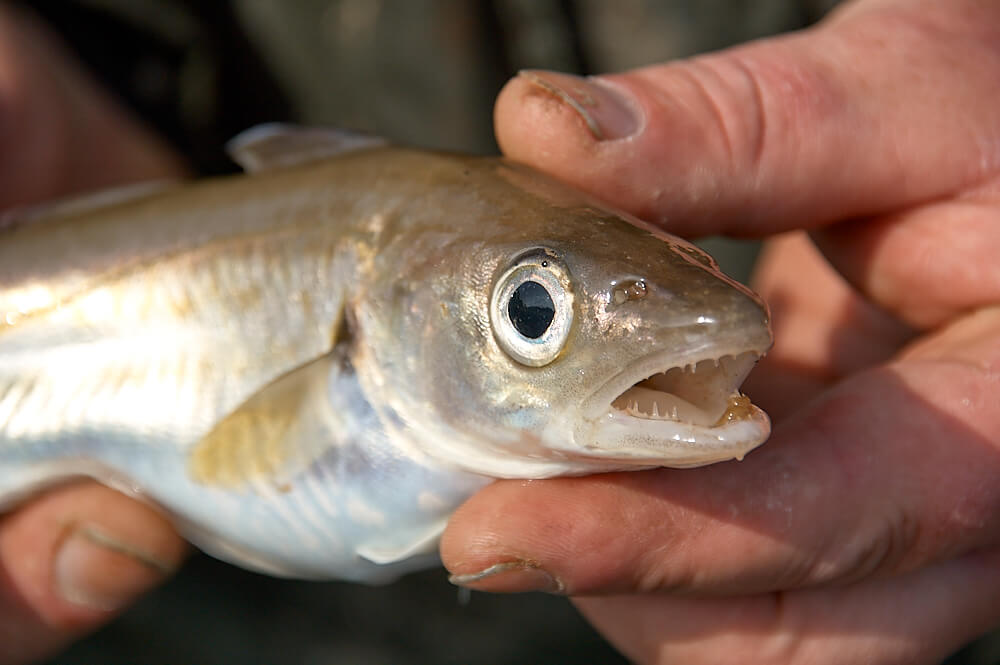
Another good tip is to add a Tronixpro Floating Bead to the hook length. Trap the float bead in place with sliding stop knots made from Tronixpro Rig Gum. The bead needs to be around 4 to 5-inches from the hook, but try it shorter and longer on the day. This float bead acts as both an attractor and a float, lifting the bait up off the bottom and adding that all important movement. This works especially well for bream, garfish and golden-grey mullet.
Most importantly, don’t stay in the same place if you’re not getting bites. Moving just a few yards up or down the beach can help locate single fish or a pocket of fish that are sat in among a small feature and not moving, but might be tempted by a small bait that falls naturally in front of them.


